Documentation and User Guide
GAME DOCUMENTATION
A COMPARISON WITH GAME FEATURES LISTED IN THE CONCEPT DOCUMENT:
1. Customers' features:
Described in the concept document: Each customer coming to Blue's restaurant has a distinct characteristic, background, preference, and tipping habit. The happier they are, the more tip they give.
In the final version:
There are five types of customers in the game. They may randomly appear in a group of two or single. Each type of customer will go along with specific ordering time, eating time, tips they give depending upon their happiness, and an extra feature (indicated in the Help section) that may affect their satisfaction in the game.
When a customer appears, the game starts counting down 20 seconds. If he or she is dragged to a table within this time, the happiness value will increase immediately. The same case happens when that customer begins ordering food until the food is served. In a group of two customers, each of them may request different dishes. If food is wrongly served, they will be upset, and the satisfaction decreases. If the happiness is too low, customers will get mad and leave when the value is equal to zero.
One customer only accept one dish and two customers only accept two dishes. If Blue bring them an order whose amout does not match with what they requested, they will generously ignore it (except one type of customer will get angry and leave immediately), If the amout of food is correct but the food itself is incorrect, the customers will upset.
2. Recipes:
Describes in the game concept document: Players must tell Alice to move around the kitchen to take enough ingredients based on what is demonstrated in the recipe. If Alice grabs things incorrectly, she will cook spoiled food. If so, players can tell Alice to throw them in a wastebasket.
In the final version of the game:
Players will use A, W, D, S keycodes on the keyboard to control Alice approach any items and get them. They must also press 'C' to cook all of the ingredients and press 'R' to see the recipe. Alice must get things in a sequence indicated in the recipe, if not, nothing will be cooked. If correct ingredients are taken with more than one unnecessary thing, she will cook strange food.
There are two inventories showing items that Blue and Alice grabbed (on the left-hand side and the right-hand side respectively). Players can click on the little button next to each slot to discard the wrong one. Because of this, players do not need to direct Alice to approach a trashcan and get rid of incorrect food. All of the cooking processes are not displayed in the game, as mentioned before in the game concept document.
3. Challenges and higher goal levels:
These features are implemented similarly to which was discussed in the game concept document. There are different numbers of customers appearing at each level with random time-space. However, due to the limited creation time within the unit, the final version of Blue in Town only contains six game levels instead of ten. At each level, there will be a set of goals for players to achieve.
4. Skill upgrading:
This feature cannot be timely finished, also because of not having enough time.
SUMMARY OF FEEDBACK ON THE GAME
1. The general playstyle:
Most of feedback said that the local-multiplayer control in the game was not easy to use but they thought that they could get use to it. I also tested the game throughout six levels by myself. Using the mouse buttons and the keyboard simultaneously was not simple at first, and then I actually could use it more conveniently over the time. As the game style of Blue in Town is not much tricky, a little complicated (but still playable) controls will make the game more interesting.
2. Understandable and logical game rules:
I got feedback on this element through the Help section, asking whether the instruction of the game is understandable or not. Most of testers said that all of things in the game were explained really well and easy to follow, except one saying that the terms of serving food was not clear. Therefore, I modified the serving rules a bit to make the customers ignore all orders with a incorrect amount of food and only upset with the one having enough but wrong dishes, instead of that the customers would get mad even when an unsuitable amout of food is served.
Moreover, one feedback that I received thought that I should not require Alice to strictly follow the sequence as displayed in the recipe. As mentioned in a devlog about the building process of Blue in Town, I implemented the cooking rules for Alice to ensure that not any unexpected dishes would be cooked. Since I did not have enough time to find a smart way to make Alice self-control what she is going to cook and leave all of the redundant ingredients, I have to do it mannualy. Therefore, the cooking rules in the game were not modified.
3. Persistent tilework.
The artwork in the game was highly appreciated, so I did not change anything on this section. I also added three more levels which having a different design and food assets. Two maps containing buttons that allow players to navigate to each levels are created as well.
4. Other functionalities (including Blue's and Alice's inventory, discarding items buttons, and dragging customers)
Blue's and Alice's inventory worked well at all, as well as, each of deleting items button next to each slot.
Regarding dragging and dropping customers at empty tables, fifty percent of the feedback said customers could be placed at any empty tables really, except one said that he or she could drag customer to the tables after being used. I also had my game tested in the following Thursday tutorial, and the other testers did not face this problem. Also, one tester said that he or she could not drag customers to the big table in the level 1, since it was just for decorating purposes. To help players avoid misunderstanding, I created a cat animation which lying on one of the chair all the time.
5. Improvements
According to most testers who tested the game, the movement of Blue was quite confusing at first when she could not differentiate between when she was told to do something and when players were dragging customers or deleting incorrect items. This problem was solved after I received the feedback on it, so her movement looks neater and smarter now.
Besides, I also adjusted the size of each colliders in the game and made Blue stop her movement when players click on any unncessary colliders to ensure that she would not get stuck at any corners or edges.
The functionality of picking food up of Blue was improved as well. If in many previous, Blue could just grab a thing once when she was colliding with it and have to go to another spot before coming back to take the second one, now she can conveniently get things more than once while colliding with them.
ASSETS LIST
1. Character art:
1.1. Blue's animation: the main character (the waitress). (1)

1.2. Alice's animation: the chef. (2)

1.3. Rin's sprites: A customer of the restaurant. (2)

1.4. Will's sprites: A customer of the restaurant. (2)

1.5. Jen's sprites: A customer of the restaurant. (1)

1.6. Louis's sprites: A customer of the restaurant.(1)

1.7. Seagull's sprites: A customer of the restaurant.(2)

1.8. Cat animation: Placed on a chair in Blue's living room to help players aware that they cannot drag customers to the large table. (10)



2. Font: the font of every text in the game. (3)

2. Main menu:
2.1. Background: the full background of the main menu. (4)
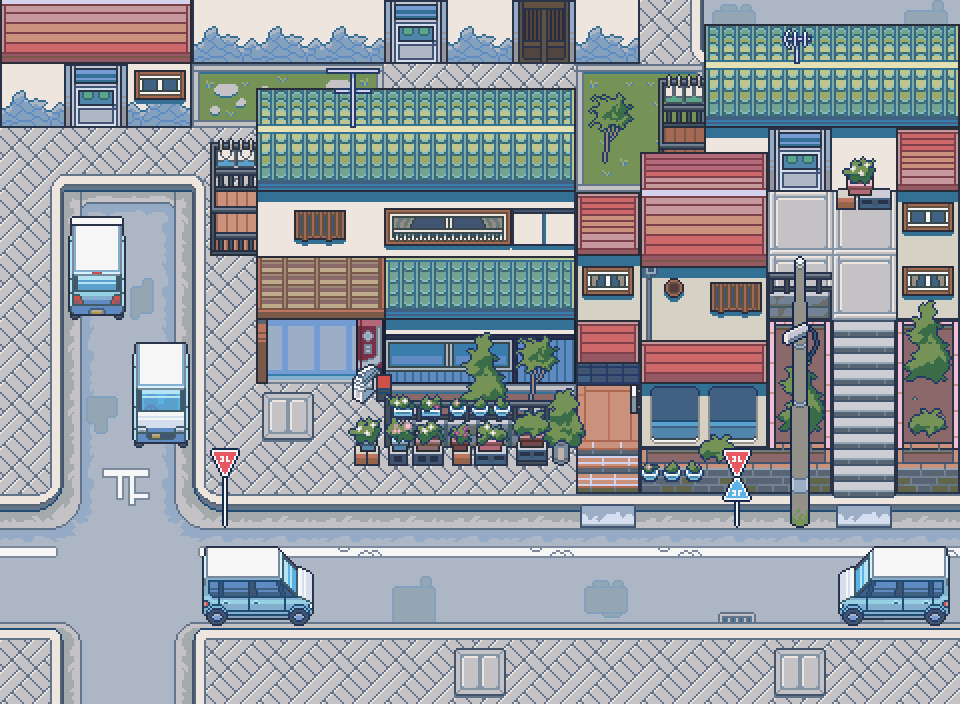
2.2 Background for the button group. (5)
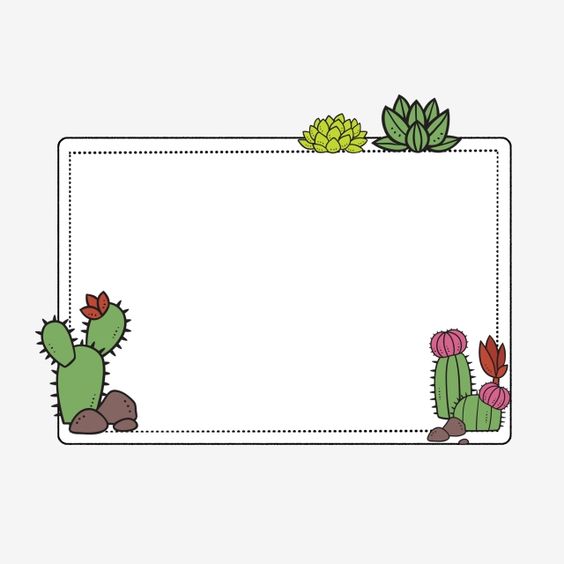
3. Background for all instructions and other elements (e.g. sub-menu in the game level, customers info, etc). (6)
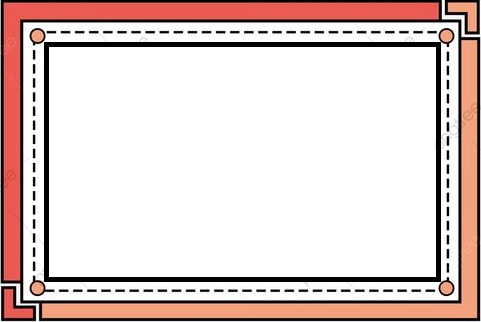
3.1 Background for all goal displays and players' performance evaluation. (7)

4. Tilemap for the first map: Those assets were randomly used to create the background of the first map. (8)
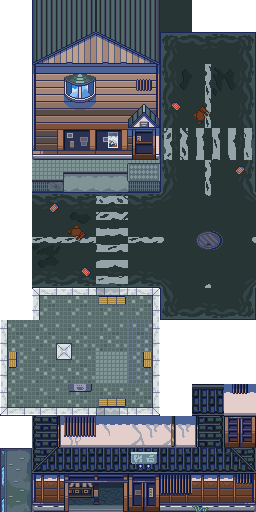
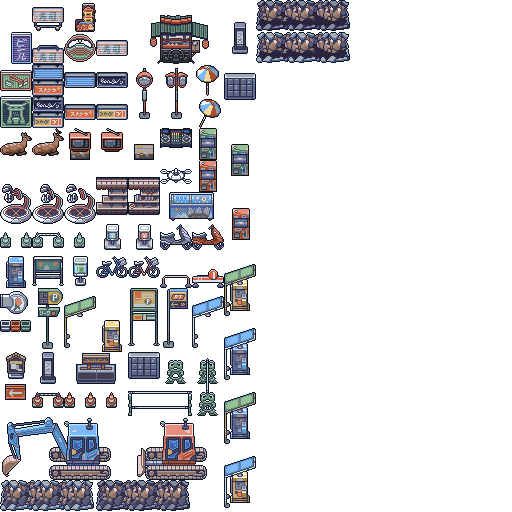
4.1 Button image: represent for each level in the maps. (9)
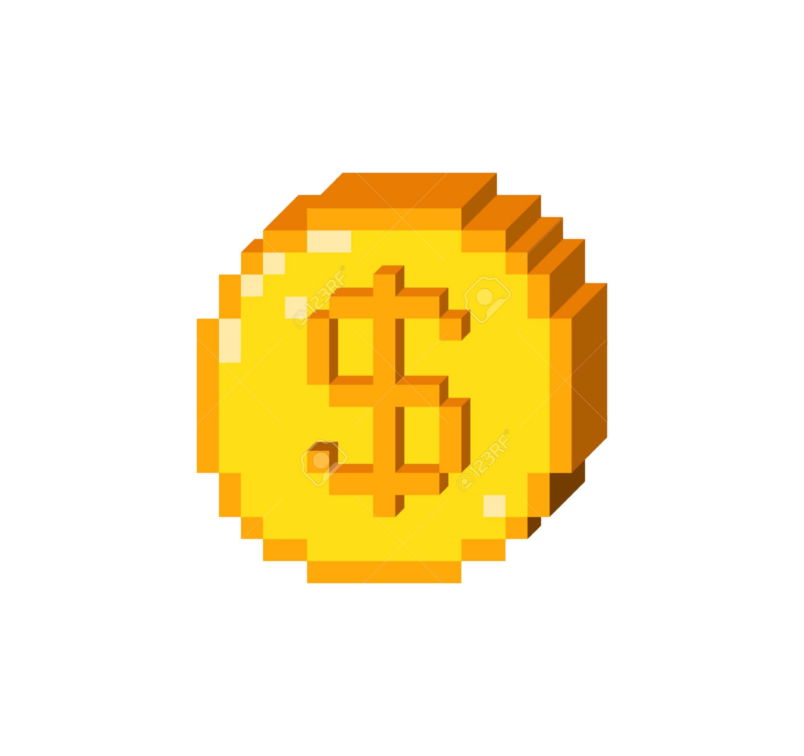
5. Tilemap for the second map: are also randomly used to create the background for the second map. (4)
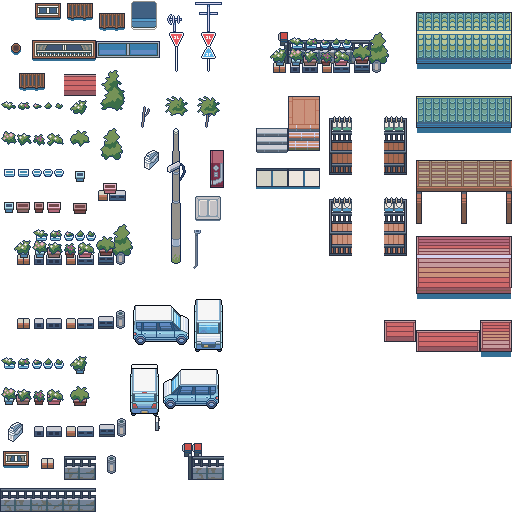
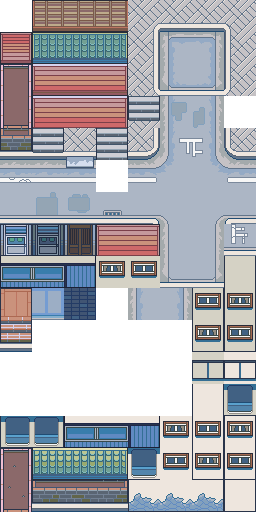
6. Tilemap for level 1-3 : (10)
6.1 Restaurant background: used for decoration of the restaurant in level 1, 2, and 3.
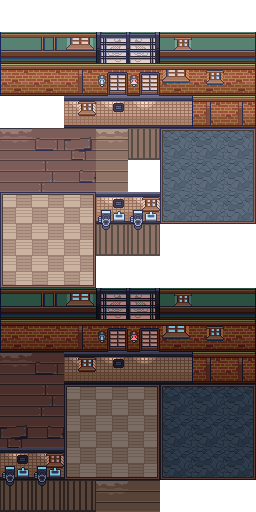
6.2 Furniture: used the red round cushion and the round table to make the tables and chairs in each level, also others assets for decorations.
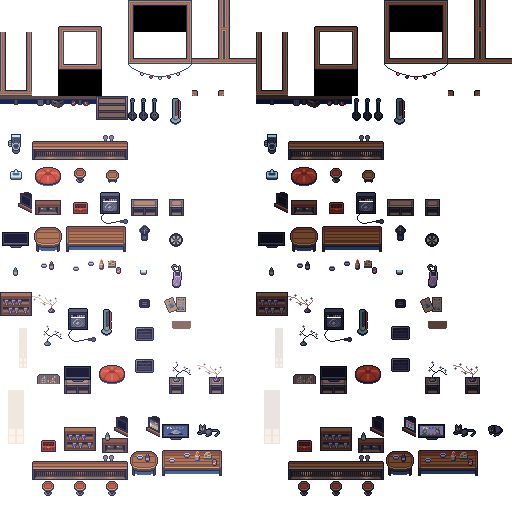
6.3 Happiness bar (11)
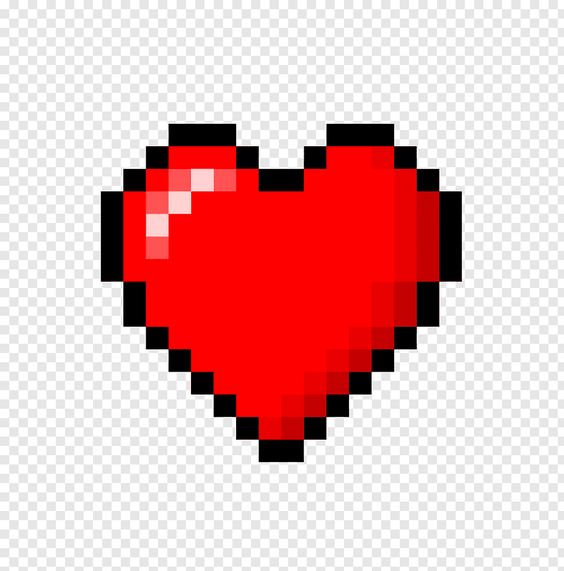

7. Tilemap for level 4-6 (decorating the restaurant, furniture, tables, chairs):
7.1Restaurant background: used for decoration of the restaurant in level 4, 5, and 6. (12)
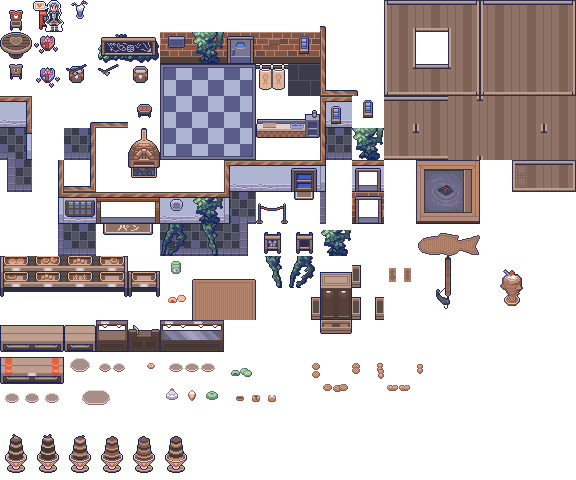
8. Food assets: The assets below were used to display ingredients in the game and also completed dishes.
8.1 Salmon, oil, tomato, kale, spinach, pumkpin: (13)






8.2 Octopus, strawberry waffle, chocolate waffle, fried rice, sushi: (14)
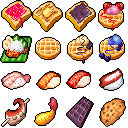
8.3 Chocolate cake, strawberry cake, cheese, egg, milk, strawberry, sugar, flour, onion:(15)
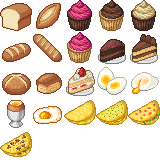


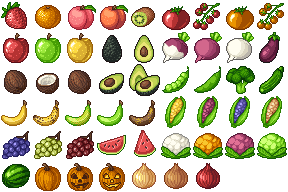
8.4 Rice, spaghetti, soup, steak, ramen, fried, tea, rice ball, coffee, emple plate, noodle, chocolate: (16)
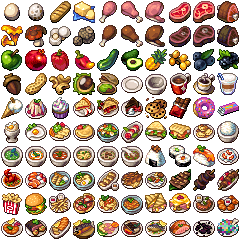
FOUND THE USER GUIDE AT BLUE IN TOWM'S GAME PAGE.
REFERENCES
1. https://pipoya.itch.io/pipoya-free-rpg-character-sprites-32x32/devlog/99942/add-...
2. https://pipoya.itch.io/pipoya-free-rpg-character-sprites-32x32/devlog/108211/add...
3. https://emhuo.itch.io/peaberry-pixel-font
4. https://guttykreum.itch.io/kanagawa-game-assets
5. https://www.pinterest.com/pin/445152744422997025/
6. https://www.pinterest.com/pin/241083386290814903/
7. https://www.pinterest.com/pin/263671753174030145/
8. https://guttykreum.itch.io/japanese-town
9. https://www.vecteezy.com/free-vector/pixel-coin
10. https://guttykreum.itch.io/japanese-bar
11. https://github.com/Brackeys/Health-Bar/tree/master/Health%20Bar/Assets/Sprites
12. https://guttykreum.itch.io/bakery
13. https://furaz.itch.io/modern-life-we-need-to-eat
14. https://kentangpixel.itch.io/food-icon5-32x32
15. https://linnet.itch.io/farm-to-table
16. https://cyangmou.itch.io/pixel-art-foodcooking-2424
17. Astar Path-finding Algorithm: https://mylo.utas.edu.au/d2l/le/content/350553/viewContent/3328459/View
Blue in Town
More posts
- Week 12 - Checkpoint 6 - TestingOct 13, 2020
- Game TestingOct 05, 2020
- Week 11 - Checkpoint 5 - User InterfaceOct 05, 2020
- Week 10 - Checkpoint 4 - Cooking and Customers (2)Sep 24, 2020
- Week 9 - Checkpoint 3 - Cooking and CustomerSep 18, 2020
- Week 8 - Checkpoint 2 - Basic Level BlockingSep 13, 2020
- Week 7 - Checkpoint 1 - Player MovementSep 11, 2020
- Game ConceptAug 28, 2020